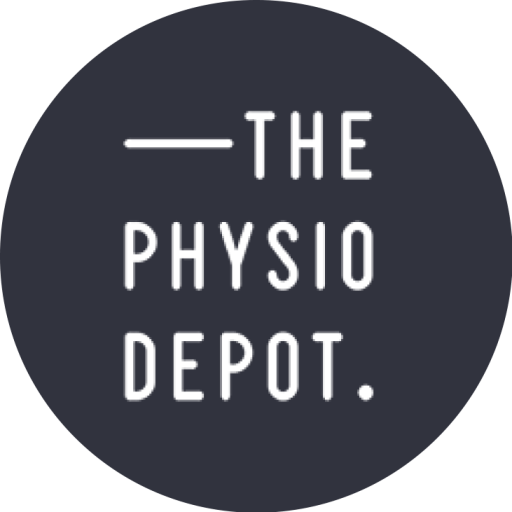
by thephysiodepot | Apr 1, 2025 | Uncategorized
What does a women’s health physiotherapist do? A women’s health physiotherapist specialises in treating conditions related to the female body throughout different life stages. They focus on issues affecting the pelvic floor, pregnancy, postnatal recovery, menopause,...
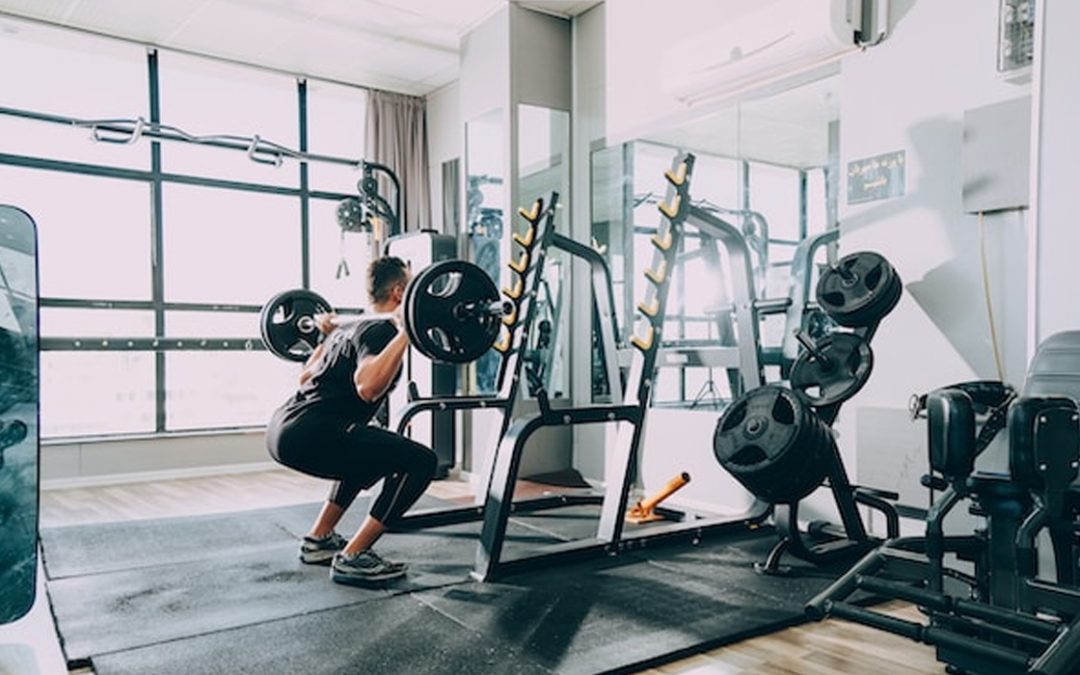
by thephysiodepot | Feb 18, 2025 | Uncategorized
Whether you’re an elite athlete, a weekend warrior, or someone who enjoys an active lifestyle, injuries and physical discomfort can slow you down. One of the most common questions I hear is, “When should I see a physiotherapist?” Many people wait too long...
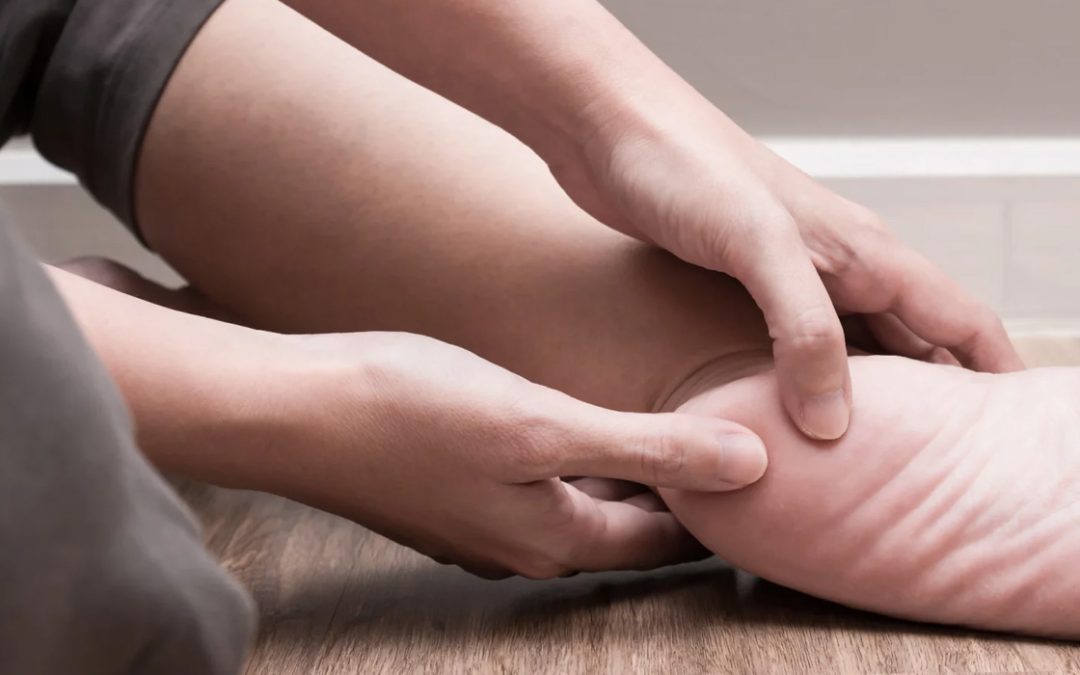
by thephysiodepot | Mar 27, 2024 | Uncategorized
What is Plantar Fasciitis? Plantar fasciitis is a prevalent foot condition characterised by irritation of the plantar fascia insertion. The plantar fascia is a thick band of tissue running along the bottom of the foot, connecting the heel bone to the toes. It commonly...
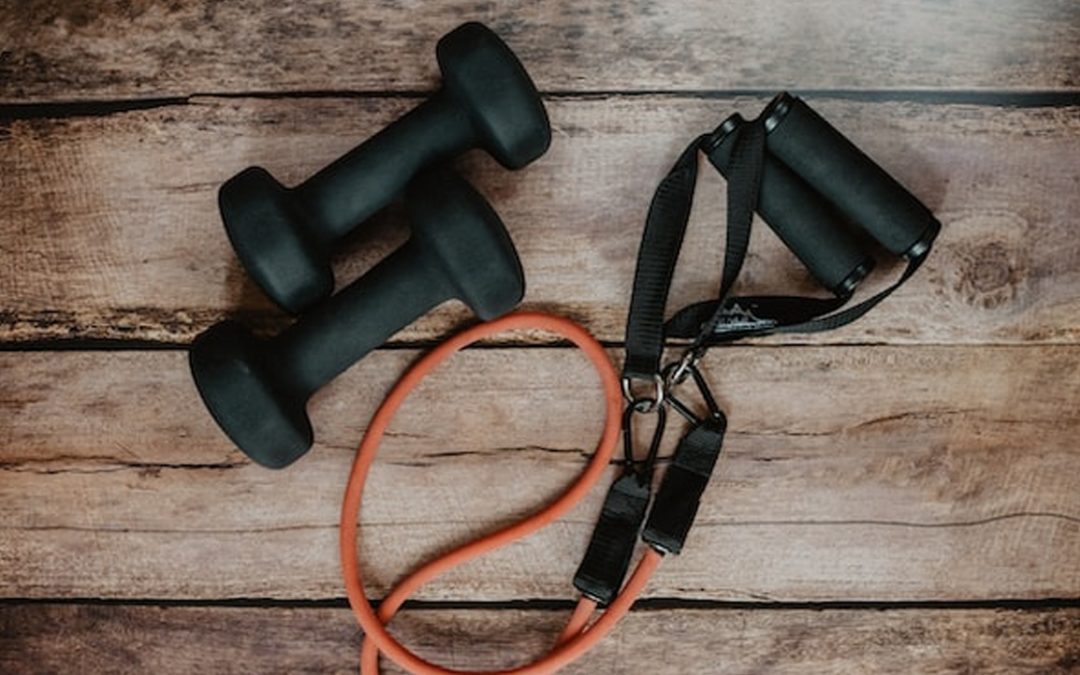
by thephysiodepot | Feb 21, 2024 | Uncategorized
As a seasoned physiotherapist with a decade of experience, I’ve encountered numerous misconceptions surrounding sports physiotherapy that deserve clarification. In this blog post, we’ll unravel the truth behind some common myths to provide you with a better...
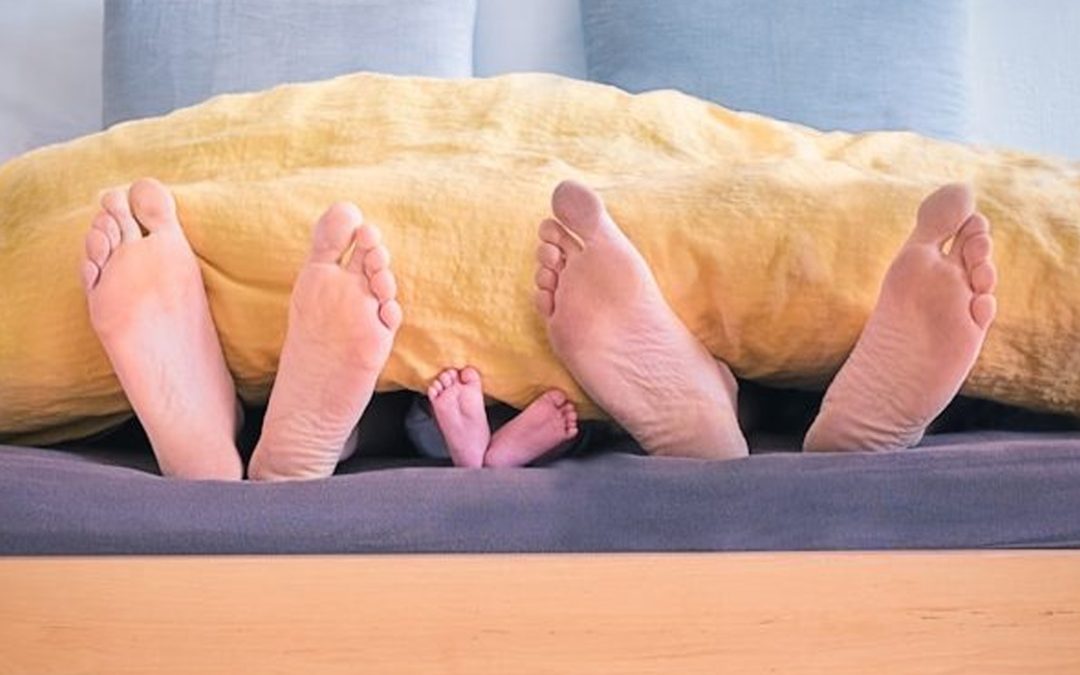
by thephysiodepot | Dec 20, 2023 | Uncategorized
Plantar fasciitis is a common condition characterised by pain and inflammation of the plantar fascia, the thick band of tissue that runs across the bottom of your foot. It can be a debilitating condition, impacting daily activities and causing discomfort with every...
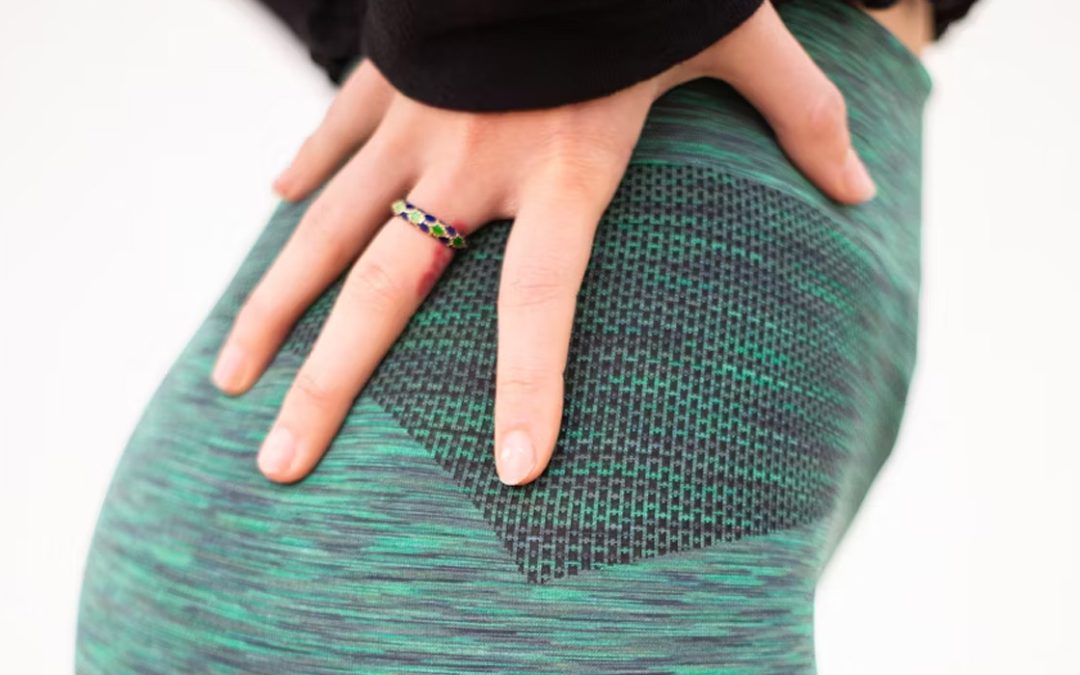
by thephysiodepot | Nov 15, 2023 | Uncategorized
Hip osteoarthritis is a common condition that affects millions of people worldwide, particularly as they age. As a physiotherapist with over a decade of experience, I’ve had the privilege of working with numerous individuals dealing with hip osteoarthritis. In this...







